Growing rosemary outdoors
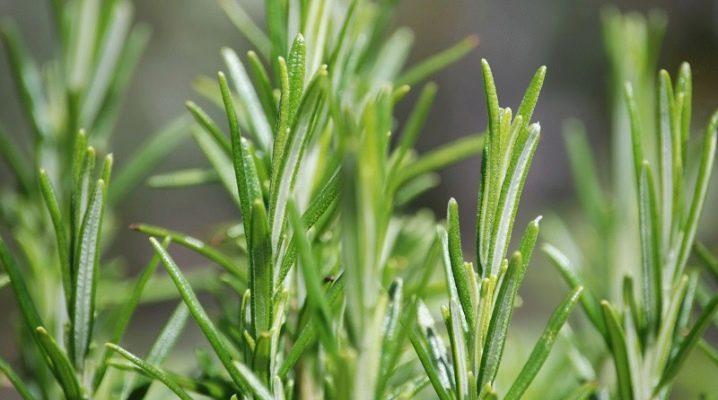
Growing fragrant rosemary on your own site is not too difficult. The main thing is not to confuse the planting time, to prepare the seedlings in advance and to provide the culture with proper care.
Landing dates
Rosemary is a thermophilic crop, so it should be grown outdoors only when the probability of recurrent frost is zero. A nighttime drop in temperature even to -5 degrees for young plants can be disastrous. The exact time for sending the crop to open ground depends on the climatic characteristics of the region. For example, in the Urals and in the Leningrad region, it is necessary to operate from the end of May, and in Siberia, the shrub is generally grown only at home.
It is best to plant the rosemary later, but be sure it does not freeze.

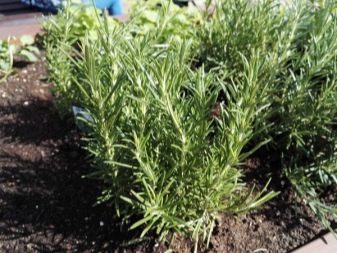
Seat selection
Rosemary prefers light, loose and calcareous soils. It will not be able to develop on acidic and heavy soils, especially on loams, and waterlogged soil is likely to provoke root rot and further death of the plant. The plant is not suitable for lowlands in which precipitation and melted snow accumulate, as well as areas with a close location of groundwater. The place chosen for the organization of the garden must be protected from drafts. It is recommended to give preference to slopes on the south or east side, or areas near the fence or outbuildings.
Site preparation begins as early as the previous fall: digging is carried out to the depth of a shovel bayonet, and 5 kilograms of compost or humus are introduced for each square meter of area. 2 weeks before planting the seedlings, the land is dug up again and fed with potassium-phosphorus fertilizers. If necessary, the soil is neutralized with dolomite flour or lime. Heavy soil is loosened with coconut fiber.
Sage is a good neighbor for rosemary, but horseradish and mustard located nearby will negatively affect the development of culture.

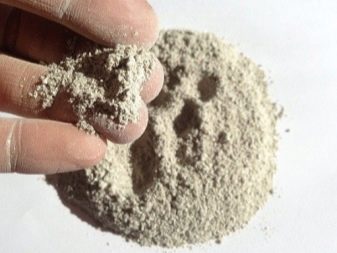
How to plant?
There are several ways to plant rosemary, but it is the seed method with preliminary cultivation of seedlings that is considered the most suitable. Sowing seeds for seedlings is carried out from February to March, and a month later, the grown seedlings are dived into separate pots.
Seed preparation
It is recommended to germinate rosemary seeds first. To do this, they are neatly laid out between layers of damp gauze, pieces of cloth or cotton pads. The material will need to be regularly sprayed from a spray bottle, which will allow the seeds to hatch in a few days. It should be added that seeds harvested with your own hands, purchased at a gardening store and even found in the grocery section of the supermarket are suitable for propagating rosemary.
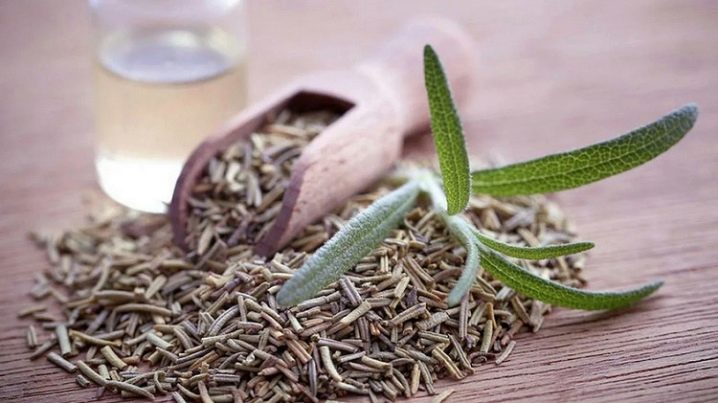
Sowing technology
It should be mentioned that rosemary seeds are not directly planted in open ground - at first, seedlings are cultivated at home. The tanks are filled with drainage as well as a mixture of leafy soil, peat and sand and are immediately irrigated. Ready-made seedling soil is also suitable. The planting material does not go deep into containers - somewhere by 0.3-0.4 centimeters. It is worth maintaining a gap of 1.5–2 centimeters between individual specimens.
For in order for the seeds to germinate, they will need to provide a temperature from +12 to +22 degrees. The soil should be moderately moist, but not flooded. If desired, the container is tightened with cling film until germination, but is regularly ventilated to prevent condensation. Plants are picked when 3-4 full-fledged leaves appear on them. Before the next stage, the rosemary will also need to be hardened, leaving it outside for an increasingly long period.
The seedlings are transferred to the open ground, already being quite grown up. The 50 by 50 centimeters scheme is considered optimal for her, although when growing annuals, it is enough just to maintain a ten-centimeter gap between individual specimens. Each well is pre-added with 30 grams of a mineral complex or wood ash. If there is a danger of flooding in the areas, then a drainage layer with a thickness of 5 to 10 centimeters must be organized. It is formed from crushed stone, expanded clay, gravel or brick fragments. The planted bushes are irrigated with warmed up and settled water. If the summer is dry, then the garden bed is covered with a five-centimeter layer of mulch.
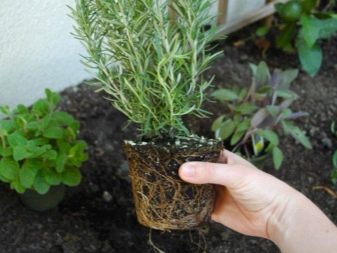

Care
Growing rosemary in the country does not require particularly complex care.
Watering
The plant will have to be watered on an ongoing basis, but rather moderately. Culture needs a golden mean: not too much, but not too little. If the rosemary lacks moisture, then the leaf blades will begin to turn yellow. Dropping the latter, on the contrary, indicates an excess of moisture. In most cases, the gardener has to water the shrubs immediately after planting, until the root system is strong, and during the driest periods.
The rest of the time, natural precipitation is sufficient. Irrigation of the beds is best accompanied by loosening, not forgetting about the timely elimination of weeds. Raising the top layer will allow moisture to stay in the ground as much as possible, and the roots will get a sufficient amount of oxygen.
Pulling the weeds on time will ensure that the rosemary has enough nutrients.

Top dressing
Feeding rosemary is simple. For example, some gardeners fertilize it from time to time with a mullein diluted with water in a 1: 5 ratio. Others prefer to use ready-made complexes containing phosphorus and nitrogen. It is recommended to carry out top dressing no more than once a month. In the spring, that is, during the active growing season, the culture responds better to nitrogen-containing mixtures, which accelerate the development of its root system. In autumn, the use of phosphorus-containing complexes will be more useful.
Pruning
Once every 7-8 years, it is worthwhile to carry out anti-aging pruning, shortening the shrub almost at the root. Such an event will stimulate the formation of new shoots. Formative pruning is usually done between April and May. If it is grown as a perennial, then the stems are cut to 3-4 internodes of last year's growth. In erect varieties of culture, it is additionally shortened to 2/3 of the new growth at the end of summer.

Reproduction
As mentioned above, the main way to propagate rosemary is through the use of seeds. However, cuttings are also suitable for this purpose. Young and healthy twigs about 10 centimeters long are cut from the bush in May. It is preferable to take one-year or two-year shoots. The top of the workpiece is cut at a right angle and the bottom at a 45 degree angle. Previously, all the leaves are also cut off at the bottom.
The cuttings are dipped in a lower cut into a stimulating drug ("Epin" or "Amber acid"), and then immediately stuck into a container filled with a mixture of moistened soil and sand in such a way that a depression of 5 centimeters occurs. It is also possible that the roots germinate in water or sand. To prevent acidification of the liquid, a small amount of charcoal is necessarily added to it.The containers must be closed with plastic caps or cans that act as a greenhouse and protect from direct sunlight.
It should be mentioned that sprouting cuttings at home is carried out at a temperature of about +20 degrees in a well-lit space. Greenhouses made of cans or bottles are raised several times a day to provide ventilation.
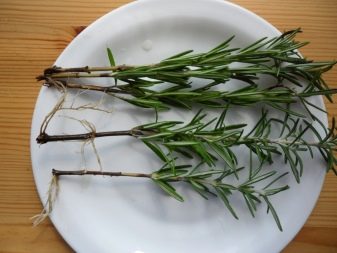

If the roots germinate in water, then its amount should be at the same level all the time. The sand also needs regular moisture. It is allowed to send rosemary to open ground no earlier than after a couple of months.
Another way to propagate a culture is based on the use of cuttings. In this case, from May to June, one of the branches of an adult plant bends to the ground and deepens by 4 centimeters. Within a month, the roots will appear at the cuttings, and by the end of the summer season, the new bush can be separated from the mother plant. It is also advised, before fixing the layering at the ground, slightly cut it across and push the resulting wound apart. Immediately before pinning and sprinkling with soil, the shoot will need to be dipped in a root stimulator. The tops of such a branch are cut off so that the plant puts maximum efforts on the development of the root system.
In both spring and autumn, it will be possible to divide the bush, but this method is more suitable for indoor plants. 7–8 years old rosemary is carefully removed from the soil, after which it is cut with a shovel into 2–3 pieces, each of which has shoots and roots. The opened wounds are treated with crushed coal, after which the resulting bushes are seated in new places.
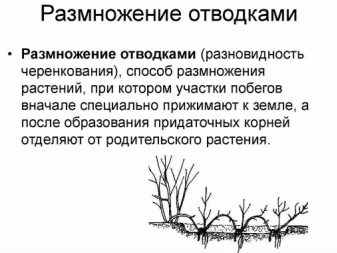
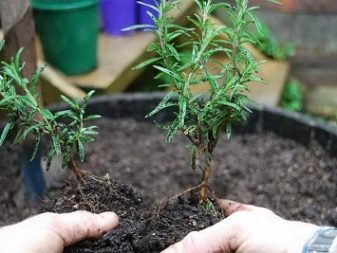
Wintering
In southern Russia, rosemary overwinters without any shelter. In the middle lane, for example, in the Leningrad region, it will be enough to mulch the roots with straw, sawdust, and then protect everything with branches or spruce branches. Previously, all shoots are shortened by 1/3, and the whole structure is tightened with a dense cloth or polyethylene, fixed to the ground. For such cold regions as the Urals or Siberia, such protection will not be enough. When the temperature drops to +5 degrees, rosemary that lives in an open place will need to be dug out of the ground, transplanted into a pot and transferred to the house.
Until spring, the plant will have to live in a cool room, the temperature in which does not exceed +10 - +12 degrees, and from time to time even be watered so that the earthen lump does not dry out. If the culture does not have enough light, then you will need to install a number of phytolamps. Top dressing of the wintering plant is not needed, but you should not forget about loosening the soil. It should be mentioned that some gardeners, at the end of the winter season, return the rosemary to the open area along with the pot, so that in the future they do not experience difficulties before wintering.
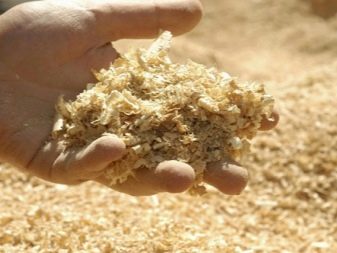

Collection and storage
Fresh greens from the rosemary bush can be harvested throughout the season, but it gains the greatest benefit during flowering or immediately after it. This is explained by the fact that during this period the content of essential oils in the leaf blades is at its maximum. For perennial varieties, this time comes at the end of May, but rosemary, grown with seedlings, blooms in August. Harvesting takes place on a dry and sunny day. The entire aerial part is carefully cut from the bush.
Shoots are tied in bunches and hung to dry in a dark and well-ventilated room. When the raw material is dry, it will have to be crushed and distributed in hermetically sealed glass jars. Filled containers, in turn, are removed for long-term storage in places protected from direct sunlight and high humidity.
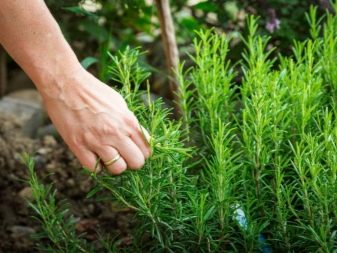








The comment was sent successfully.